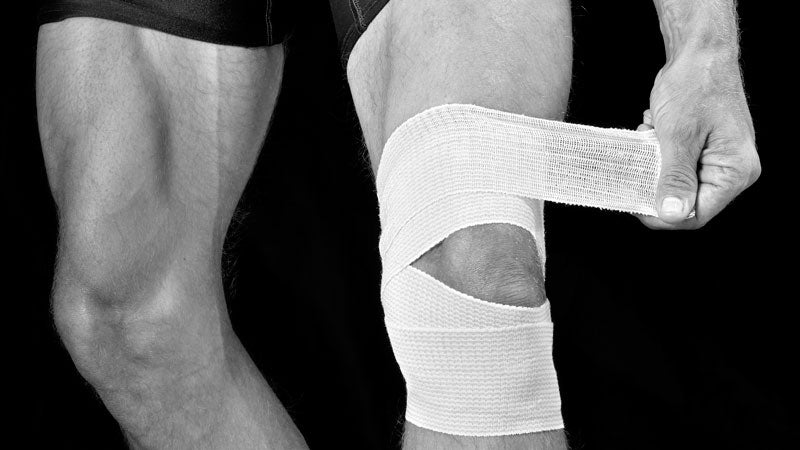We posed your question to , a sports medicine doctor at St. Vincent Sports Performance in Indianapolis, and a consultant physician for USA Track and Field. Obviously, he recommends seeing your doctor, but here are a few things to consider:
Older athletes should be screened for degenerative diseases like arthritis. As a published in the journal Arthritis Care and Research reports, knee osteoarthritis is most often diagnosed in people around the age of 55, though it can also occur in younger people.
Barring a degenerative disease, Kary says doctors often blame inner knee pain on a sprained , the ligament that connects your upper shin bone to your lower thigh bone on the inside of the knee. But sprains tend to happen suddenly—“You don’t really sprain it running,” Kary says—so if your pain has come on gradually, and hurts after you walk or jog, your may be to blame.
“It’s where your quad tendons, hamstring tendon, and groin muscle come together, wrap around the inside of the knee, and around the tibia,” Kary says. “It often gets confused with the MCL because it runs on top of it.”
The area can become inflamed for a number of reasons, including overpronation, muscle imbalances, and a sudden increase in training volume. Total volume, Kary says, should increase no more than 10 to 15 percent per week.
As for strength imbalances, Kary says, “the biggest thing we see is glute weakness, because when the glute doesn’t fire the way it’s supposed to, the knee tracks more inward when running.” He recommends the following exercises to strengthen bum butt muscles:
Place a stretch band around your ankles, then side step. Try 10 steps to each side to start.
Lie on your back with your knees bent, heels on the ground. Lift one leg in the air, or cross it over your other knee, then push your hips up. Try 10 on each leg to start.
When you do feel ready to start training again, do not run every day. Instead, Kary recommends ramping it up very, very slowly. Every three days, try walking five minutes, then jogging a minute, for as long as you can go without pain, or as long as you want to go, whichever comes first. If that feels good, on your next workout day, increase the jogging and decrease the walking until you’re finally jogging the whole time.
“Running stresses the body hard,” Kary says. But a gradual progression will prime your connective tissues for the task. “The body was made to adapt to however we stress it.”
The bottom line: See your physician. If your pain came on gradually, and you don’t have arthritis, your pes anserinus may be to blame. Work on any muscle imbalances, including weak glutes, to help keep your knee stable when you run to avoid aggravating those connective tissues.


